A local art world gem in Andover: the Addison Gallery of American Art and Photographs of the James Meredith March Against Fear
Looking at the intersection of the civil rights movement, photojournalism, and a local art world gem, the Addison Gallery of American Art.
Welcome or welcome back to History Buzz! If you’re a subscriber to the Buzz, thank you! If you’re new here, or you haven’t become a subscriber yet, please sign up for a subscription to have History Buzz delivered directly to your inbox.
"You photograph what you see, and what you see should inform," said the photojournalist Harry Benson at a recent Q&A presentation at Phillips Academy - Andover.1 Harry Benson: Four Stories is on view at the Addison Gallery of American Art from September 1, 2022 to January 29, 2023.
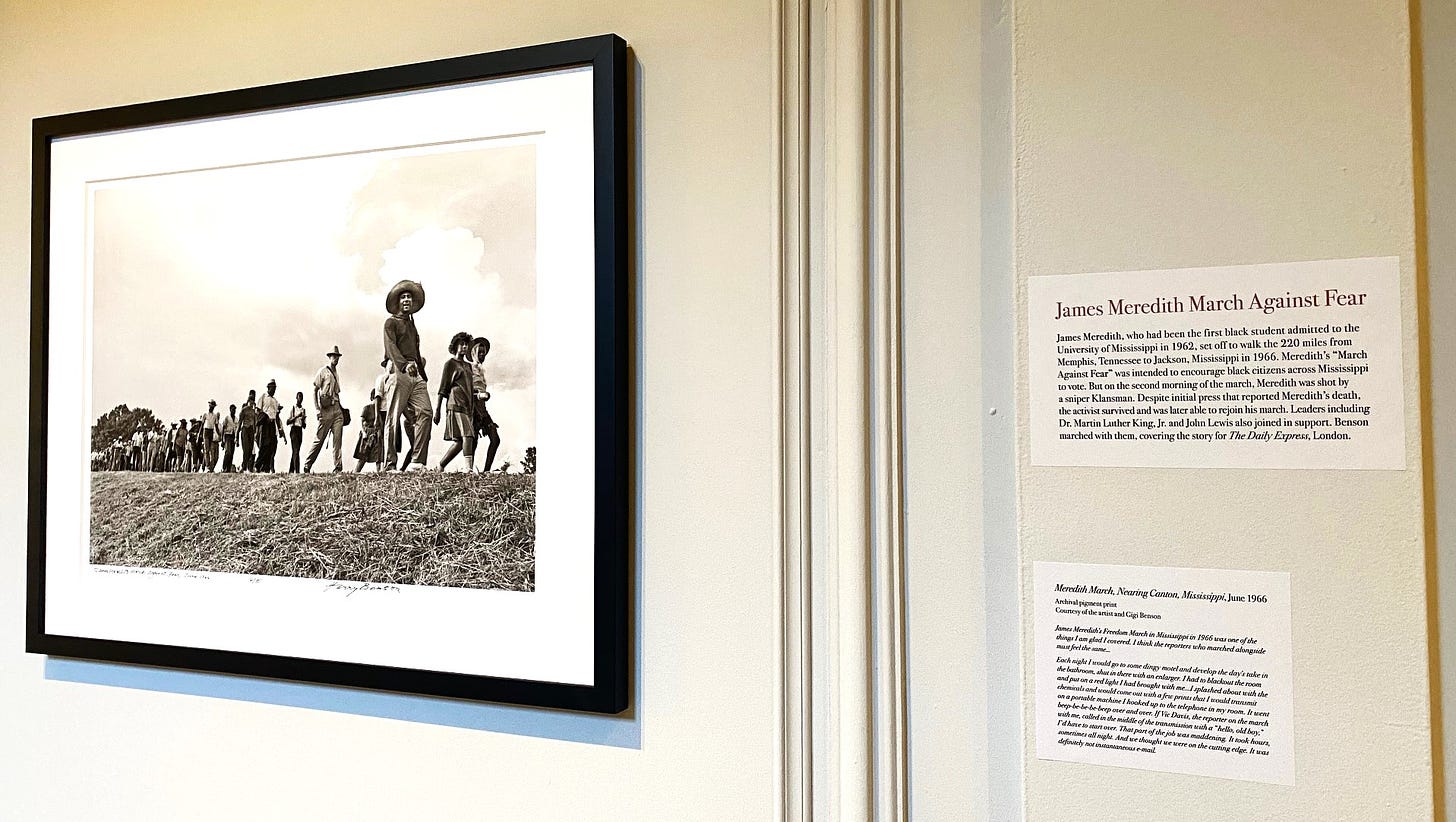
The 1960’s, an iconic decade in Benson's long photography career, is the time period this exhibit focuses on. The curators selected four themes in Benson’s work: the Beatles' first tour of the United States, the building of the Berlin Wall, Robert Kennedy's presidential campaign and assassination, and the James Meredith March Against Fear.2
Benson's photographs of the James Meredith March Against Fear stand at the intersection of the civil rights movement, photojournalism, and a local art world gem here in Andover, the Addison Gallery of American Art.
The James Meredith March Against Fear
James Meredith is best known for being the first African American student to attend the University of Mississippi -- "Ole Miss." Meredith is also known for being a very independent-minded person. In 1966 he began his own project, the Walk Against Fear, with just himself and a few non-affiliated supporters.
The walk from Memphis, Tennessee to Jackson, Mississippi was meant to raise awareness that despite the Voting Rights Act having passed the previous year to outlaw discriminatory practices in registration and voting, African Americans still had very low voter registration numbers in Mississippi due to intimidation and lack of information and support.3
“You who live in the North: Do not think that Mississippi has no relevance to you. . .
my Mississippi is everywhere.” - James Meredith, writing about the March Against Fear for the Saturday Evening Post, August 13, 1966.*
Meredith began his perilous walk on June 5, 1966, quickly encountering threats and harassment. On the second day of the walk, after Meredith crossed into Mississippi, a local white business owner, Aubrey Norvell, drove up and shot Meredith several times. The injuries were not fatal but Meredith couldn't continue his walk and instead was taken back to Memphis for medical care.4
Several civil rights groups joined to continue the Walk Against Fear as a civil rights march in Meredith's honor. Leaders such as Martin Luther King Jr., John Lewis, and Stokely Carmichael took part in various stages of the march.
Along the way, marchers were screamed at, beaten, tear gassed, and had rocks thrown at them.5 Despite the danger, the marchers sang, the leaders gave speeches, and the news media documented and broadcast the event to a national audience. Stokely Carmichael delivered his famous speech using the term "Black Power," after having been arrested and released in Greenwood, Mississippi along the march route.6
Voter registration did increase as a result of their efforts. 4,077 African Americans in Mississippi were registered to vote, along the path of the march.7
Harry Benson and Photojournalists at the March Against Fear
Originally from Scotland, Harry Benson has photographed many of the important turning points in the United States and abroad. He contracted with LIFE magazine for most of this career, and worked with other well-known publications.
He has been given many of the highest honors and awards for his photography, in the United States and the United Kingdom, including Commander of the Order of the British Empire by Her Majesty Queen Elizabeth II.8
Benson, along with many other photographers, writers, and videographers, documented the March Against Fear. In the wall text at the Four Stories exhibit, he recalls,
" I have always said the 1960s were when America had a nervous breakdown. One night we tried to pitch our tents in a schoolyard in Canton, Mississippi, even after the city councilmen had ruled against it. Shortly after we arrived, a colleague of mine, Tony Delano, said, 'Harry, turn around.' I turned to see a line of State Highway Patrolmen putting on their gas masks and coming toward us, tear gas and guns in hand. They neared our group and lobbed the tear gas. A cloud of smoke enveloped us, and I got a whiff of it. As I was retching and stumbling away, a young highway patrolman looked me straight in the eye and gave me a little tap on the backside."9
Bob Fitch, a photographer who also documented the march, has made his archive, https://exhibits.stanford.edu/fitch, available for non-commercial use through Standford University. He captured this unusual behind-the-scenes image of a group of journalists on the back of a truck while they film and photograph the march10:
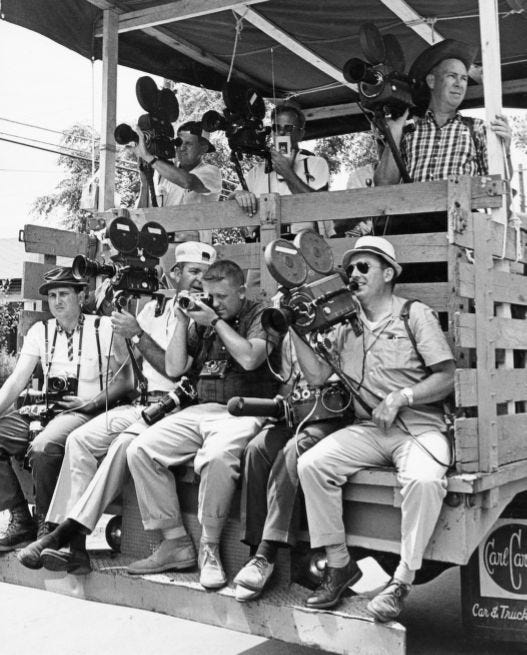
The Addison Gallery of American Art
"Through our ongoing query What is America?, the Addison seeks to engage with the history of American art and American experience—past, present, and future." - Addison Gallery website homepage*
The Addison Gallery of American Art in Andover, Massachusetts holds a collection of over 25,000 works of American art. It was founded in 1931 by Thomas Cochran, whose goal was "to enrich permanently the lives of the students." Though it is located on the private campus of Phillips Academy - Andover, daily admission and educational programs at the gallery are free and open to the public.11
In an essay about the Addison Gallery, the acclaimed curator Jock Reynolds recalled his own experience there while he was a student at Phillips Academy:
"It was unusual in my experience...for nonverbal communication to be trusted 'as a truly significant form of education.' What made the Addison so special was that it allowed 'the works of artists to speak directly to students without secondary filters, interpreters, and explainers.'"12
Several works in the Harry Benson: Four Stories exhibit are a part of the permanent collection of the gallery. To watch Harry Benson's Q&A, visit this link on the Addison Gallery’s website: https://addison.andover.edu/qa-with-harry-benson/
What are your impressions or memories of the civil rights demonstrations and marches in the 1960's? What themes do you think should be documented with photographs in our current time? What subjects do you enjoy photographing?
Image Credits & Block Quote:
Benson, Harry. Photograph and wall text in the exhibit at the Addison Gallery, "Harry Benson: Four Stories" of "Meredith March, Nearing Canton Mississippi, June 1966." Photograph of exhibit wall by Kathryn Stamps, 2022.
Bob Fitch. “Marchers passing field, escorted by police.” The Bob Fitch Photography Archive: Movements for Change. Accessed on November 8, 2022. URL: https://exhibits.stanford.edu/fitch/catalog/qp284rz6892
Michel, Christopher. "Harry Benson photographed by Christopher Michel." 2019. URL: https://en.wikipedia.org/wiki/Harry_Benson#/media/File:Harry_Benson.jpg
Bob Fitch. “Press truck leads march with cameras trained on front line.” The Bob Fitch Photography Archive: Movements for Change. Accessed on November 8, 2022. https://exhibits.stanford.edu/fitch/catalog/yy496cg1576
Kathryn Stamps. Photograph of the Addison Gallery of American Art. 2022.
* James Meredith quote from "The March Against Fear" by Ann Bausum. National Geographic Books. Washington D.C.. 2017.
Footnotes
Addison Gallery of American Art. " Video: Q&A with Harry Benson." Accessed October 22, 2022. https://addison.andover.edu/qa-with-harry-benson/.
Addison Gallery of American Art. "Harry Benson: Four Stories." Accessed October 29, 2022. https://addison.andover.edu/exhibition/harry-benson-four-stories/.
Bausum, Ann. “The March Against Fear: The Last Great Walk of the Civil Rights Movement and the Emergence of Black Power.” National Geographic Partners. Washington D.C. 2017. pp 12-17.
Bausum, pp 17-22
Bausum, pp 83-86
Bausum, 59-67
Goudsouzian, Aram. “Down to the Crossroads: Civil Rights, Black Power, and the Meredith March Against Fear.” Farrar, Straus, and Giroux. New York. 2014. pp 246.
Harry Benson. "Bio." Accessed October 29, 2022. https://harrybenson.com/bio.
Addison Gallery of American Art. "Harry Benson: Four Stories Text." Accessed November 11, 2022. https://addison.andover.edu/exhibition/harry-benson-four-stories/.
The Bob Fitch Photography Archive: Movements for Change. Accessed on November 8, 2022. URL: https://exhibits.stanford.edu/fitch/catalog/qp284rz6892.
Addison Gallery of American Art. "Mission & History." Accessed November 11, 2022. https://addisongallery.wpengine.com/about/mission-history/.
Reynolds, Jock. The End Depends on the Beginning: Some Reflections on Teaching. "Addison Gallery of American Art 65 Years: A Selective Catalogue." Ed: M.E.D. Laing. Addison Gallery of American Art. Andover, Massachusetts. 1996.





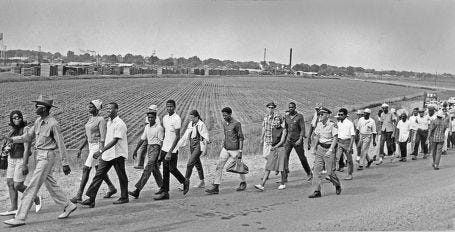
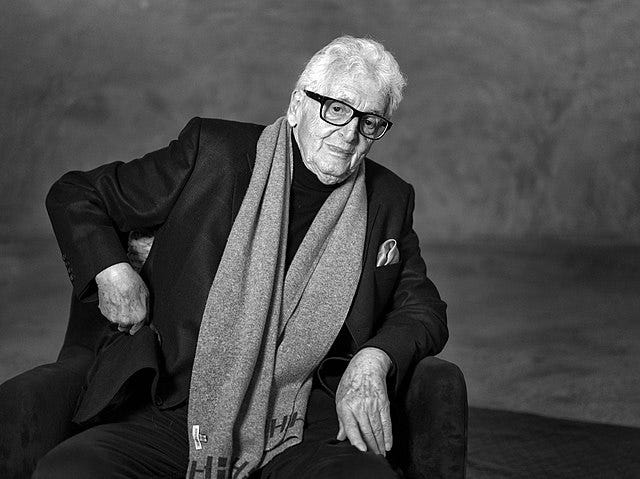
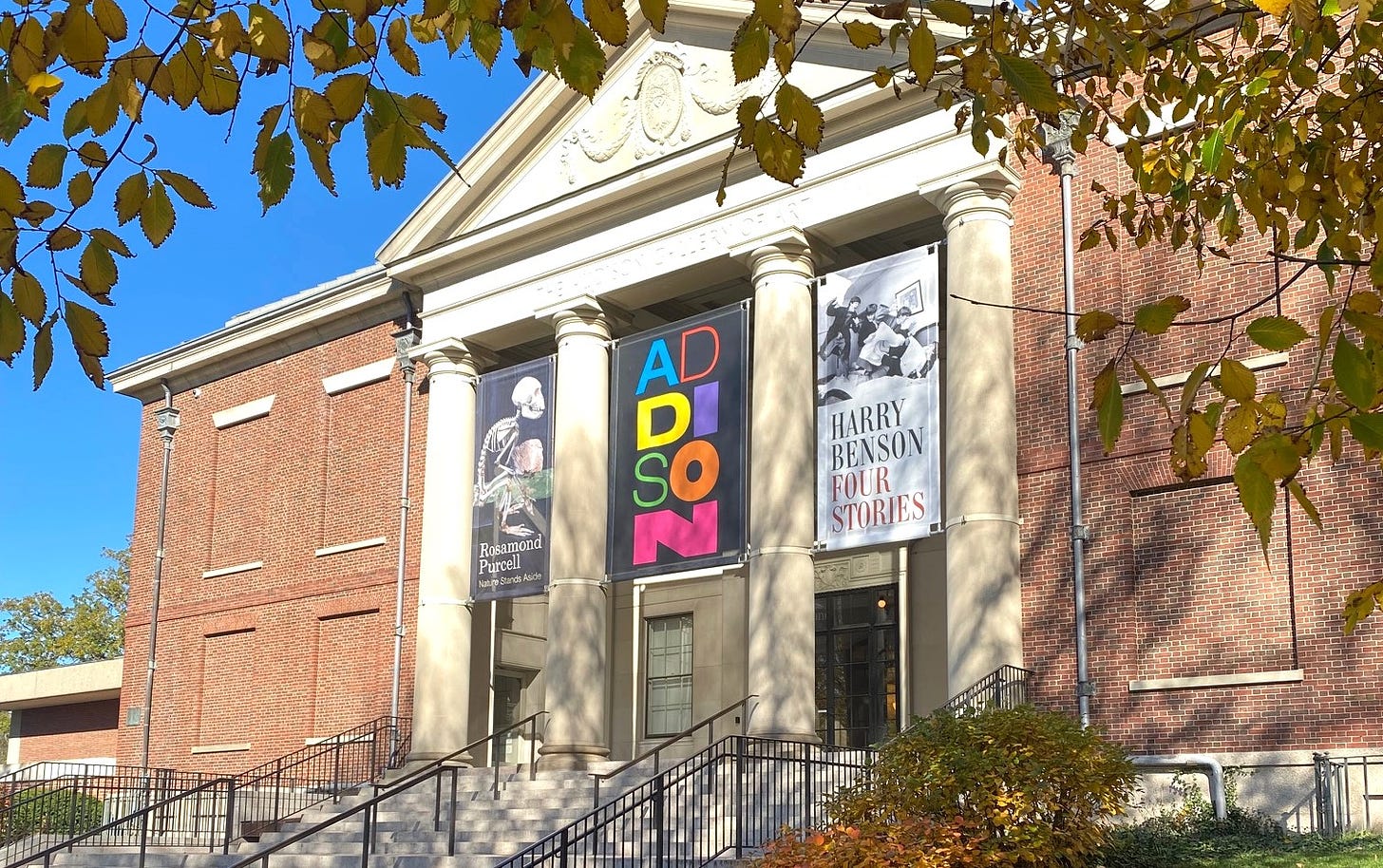
Great piece on a great exhibit, Kathryn. Thank you for writing it. We Andoverites are all so lucky to have the Addison in our midst. The Rosamond Purcell retrospective, up concurrently with the Harry Benson show, presents another opportunity for all of us art lovers who live here in town to see the whole arc of the career of another amazing, highly original photographer.
I was a student at Antioch College in Yellow Springs Ohio in 1964. All that summer, voting registration workers drove into the Deep South for marathon week-long drives in souped up cars. These cars needed to be faster than the local cops - everyone was aware of what happened to Medgar Evers. They would leave at night and arrive back days later with haunted looks and grim determination to return. We heard first hand the accounts that were being photographed: Bull Conner with dogs and fire hoses and much more.